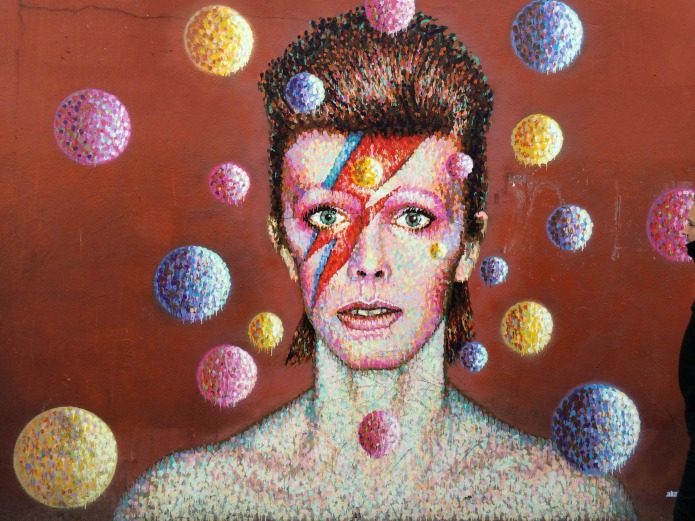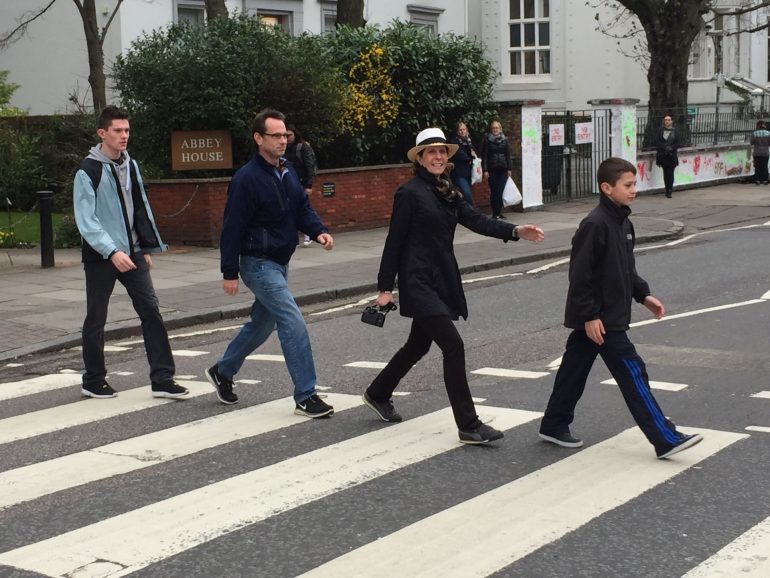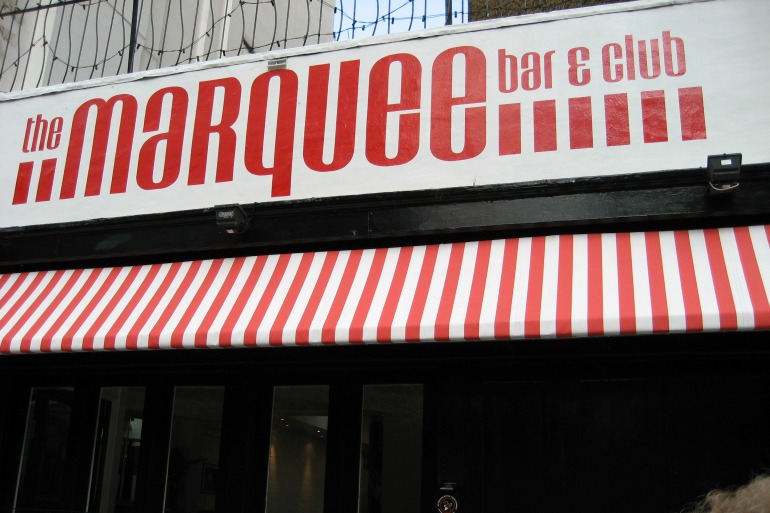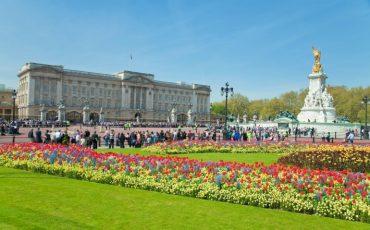London is one of the world’s leading cites for a number of reasons and one of them is the diversity of musical talent that has lived, worked and played in the city. Our London Rock “N” Roll Tour takes you to some of these key locations and your knowledgeable Blue Badge Tourist Guide will relate some of the larger than life antics that occurred in this musical city. The following list of 10 facts is just a small taster of what you will hear about:
1. Opening on June 14th 1971, London had the first Hard Rock Café in the world. It has a free to enter museum featuring over 200 pieces of Rock ‘n’ Roll memorabilia (guitars, costumes and other personal items).
2. Singer songwriter Harry Nilsson owned the London flat that Mama Cass and Keith Moon both died in. Both tragic rock stars were aged 32 at the time.
3. David Bowie’s alter ego Ziggy Stardust is one of only a handful of characters to have commemorative plaques in London. His can be found where the album cover photo of the same name was shot in Heddon Street.
 Brixton – David Bowie mural by street artist James Cochran. Photo Credit: ©Edwin Lerner.
Brixton – David Bowie mural by street artist James Cochran. Photo Credit: ©Edwin Lerner.
4. Jimi Hendrix was delighted to find out who used to live in the house next door in Brook Street, none other than the classical composer George Frederick Handel. So impressed was the guitar legend he went out and bought recordings of Handel’s works.
5. Johnny Rotten’s graffiti can still be seen on the walls of the house in Denmark Street where the Sex Pistols lived and which now has listed status. Denmark Street is London’s equivalent of Tin Pan Alley and your Blue Badge Guide will tell you about many more famous musicians associated with it.
6. Although the Beatles used Abbey Road for most of their recordings, Trident Studios offered the technological advance of 8 track recording and they recorded Hey Jude there. Paul McCartney said “Words cannot describe the pleasure of listening back to the final mix of ‘Hey Jude’ on four giant Tannoy speakers which dwarfed everything else in the room.”
 London Rock N Roll – Abbey Road. Photo Credit: ©Nigel Rundstrom.
London Rock N Roll – Abbey Road. Photo Credit: ©Nigel Rundstrom.
7. The famous 2i’s coffee bar in Old Compton Street was an important part of the developing London Music in the 1950s. It gets its names from original owners Freddie and Sammy Irani but they sold it to two Australian Wrestlers Paul “Dr Death” Lincoln and Ray “Rebel” Hunter. They started to put on live music and numerous youngsters used to gather there to listen to the new fad – “Rock ’n’ Roll music” and a legend was born.
8. The cover to Oasis album ‘What’s the Story Morning Glory’ cost £25,000. The two people featured in the Berwick Street location were supposed to be Noel and Liam Gallagher but they missed the photographic session due to a heavy night of partying.
9. The Marquee Club in Wardour Street was one of the seminal club locations in the 1960s. ‘70s and ‘80s. Many famous bands performed there but it gained a reputation for secret gigs by famous artistes performing under aliases – Prince, Iron Maiden, Squeeze, Metallica and the Jam all did so.
 London Marquee Club. Photo Credit: © By Kiwi via Wikimedia Commons.
London Marquee Club. Photo Credit: © By Kiwi via Wikimedia Commons.
10. St Martin’s College of Art where the Sex Pistols played their first gig in 1975 was attended over the years by a number of rock n roll legends – Glenn Matlock (Sex Pistols), Paul Simenon (The Clash), Adam Ant, Jarvis Cocker (Pulp), Sade and Shane MacGowan (The Pogues).
All of these tales and more will be brought to you by your Blue Badge Tourist Guide who will enhance your knowledge of London Rock ’n’ Roll – the city that was, and still is one of the leading music cities in the world.







Leave a Reply